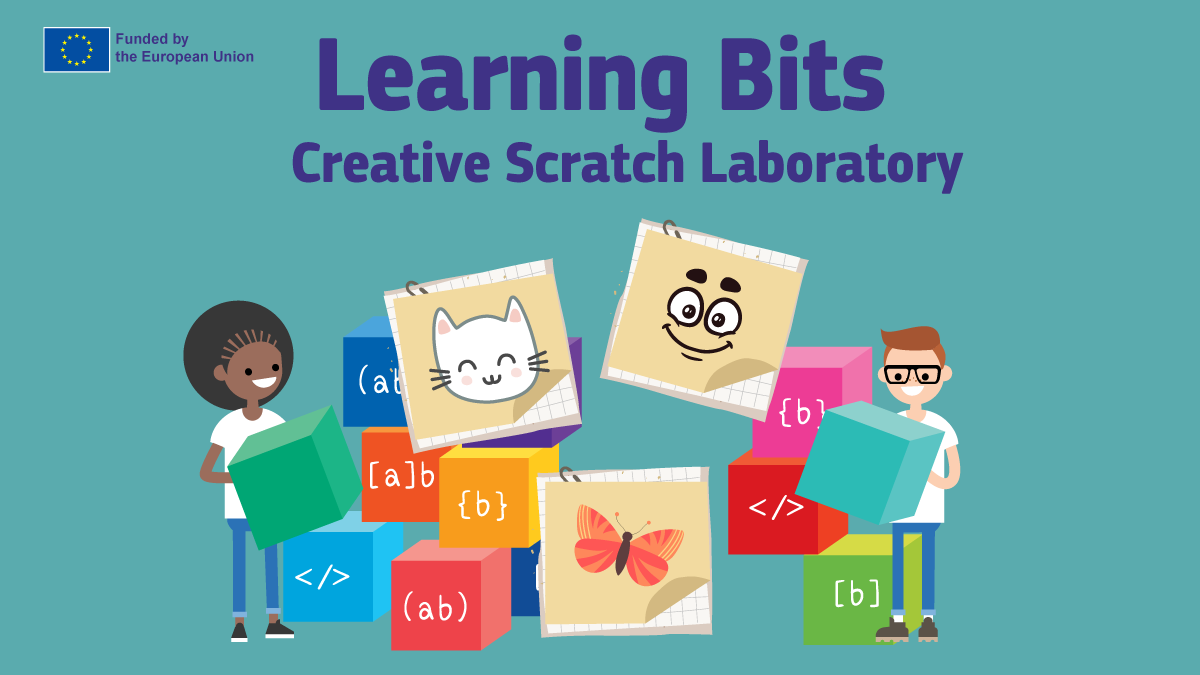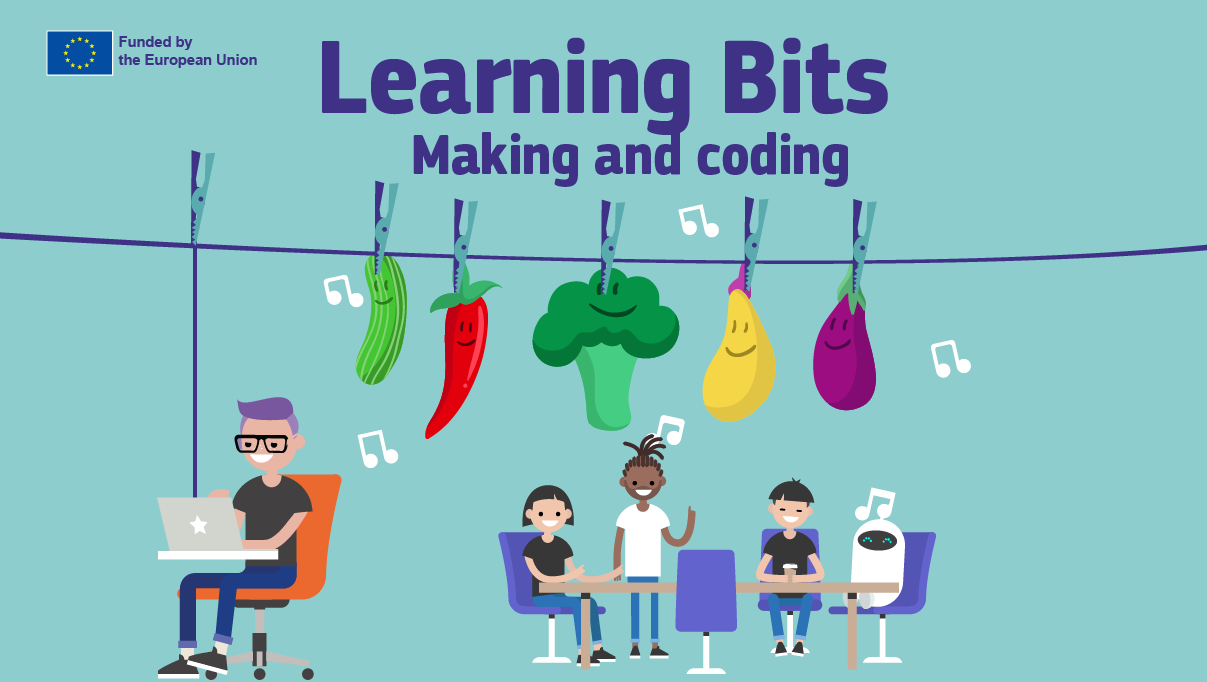Coding for Climate to bring real change
Publication date: March 14, 2024
Climate change is a global issue. This is how you explain a complicated topic to your students: As greenhouse gas emissions blanket the Earth, they trap the sun’s heat. This leads to global warming and climate change. The world is now warming faster than at any point in recorded history. Because of this, different areas of the world are dealing with different effects: hurricanes, floods, wildfires, rising sea level and droughts.

Rather than pointing to governments and going on a strike, we can also try to bring change to our personal behavior and come up with potential solutions. How about trying to find solutions through technology?
Teachers and students are invited to join Coding for Climate, a free, online global collaboration project inviting classrooms from around the world to come together united for change. Teachers are able to register for the project and will be guided through phases of action: Phase I: Explore Environmental Topics, Phase II: Coding for Climate Action, and Phase III: Collaborate. The experience is appropriate for all ages and across content areas.
Calling teachers instered in climate action
Are you a teacher excited to explore the intersection of innovation and climate action? Here is more on what you can expect. You and your students will be able to find a solution for climate change through your preferred ICT-tools: Minecraft, Scratch, Micro:bit, AI, App prototyping, web, etc. The sky is the limit!
You can even join without computers as we provide activities which allow you to code without technology, which is called unplugged coding.
The project will be launched in mid March and will end on April 22, during Earth Day. Teachers can work for 3 to 6 weeks on the project with their students. First they identify a certain global issue: climate change, air or water pollution, loss of biodiversity, drought and water scarcity, or other.
Get inspired
Next they will be working on a solution through their preferred tool. A few options and examples for inspiration:
- Minecraft: create an eco-friendly Minecraft world with hydroponics
- Scratch: Create a simple game to visualise the concepts of climate change
- AI: generate a comic with ChatGPT and Dall-E
- Micro:bit: use your device to detect air pollution
- LEGO Fortnite: work on climate mitigation and adaptation in a virtual world
- App prototyping: make a prototype of how an app could solve drought
- Web design (HTML): share your findings about plastic pollution at your own web page
- Python: create a tool which is showing the impact of 1.5, 2, 2.5 and 3 degrees warming
- Unplugged coding: Find a lesson plan with a grid at the website
These are only suggestions. It’s up to you which direction you will go. The teacher will be in charge at all times.
Find more information here: www.coding4climate.org:
- Free lesson plans and activity guide
- Badges to join one of the 4 leagues: energy, water, land, ocean
- The community of +1,500 teachers across +100 countries
- A gallery to see each other’s submissions and a page to submit your solution
Register for free.
When?
- Launch: March 11 2024
- End: April 22 2024
Why join?
- Engaging activities for your students: using ICT for good.
- Teachers will become part of a global community of like-minded educators
- You are in charge and will decide how much time you can spend on the project
- Problem-solving, critical thinking, collaboration on global scale
- All participants will be receiving a personalized certificate
- We provide lesson plans, guidelines and help
- In partnership with Earth Day
Launched by TAG, an NGO associated with the United Nations.
By Take Action Global


